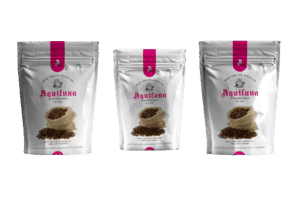Home » Modified Atmosphere Packaging (MAP) Explained
Modified Atmosphere Packaging (MAP) Explained
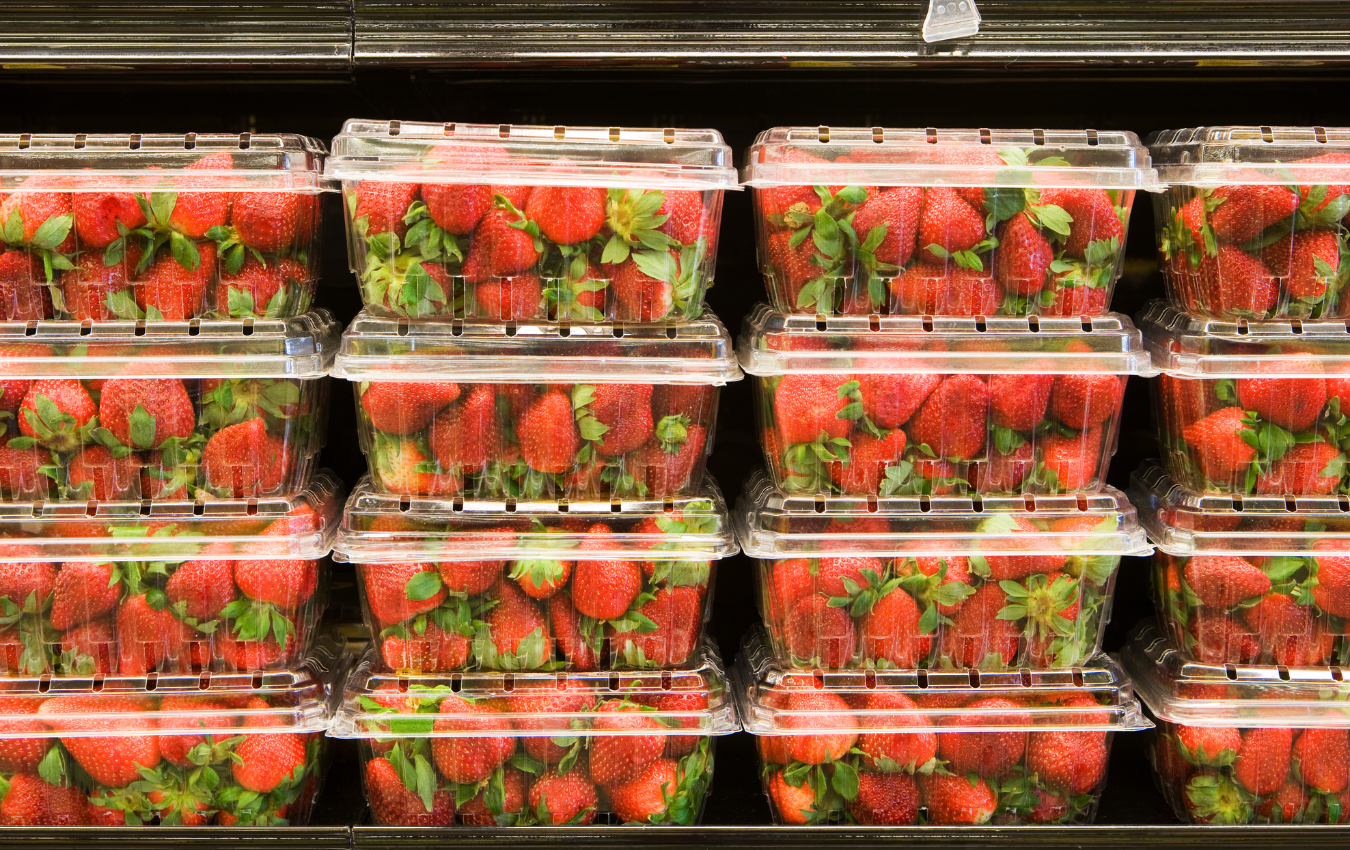
In the world of packaging innovation, Modified Atmosphere Packaging (MAP) has emerged as a game-changer. This technology not only extends the shelf life of products but also ensures that they reach consumers in optimal condition. In this blog, we will delve into the intricacies of Modified Atmosphere Packaging, exploring its functions, features, benefits, and diverse applications across various industries.
What is Modified Atmosphere Packaging (MAP)?
Modified Atmosphere Packaging, often abbreviated as MAP, is a packaging technique designed to alter the atmosphere inside a package to enhance the shelf life and quality of products. Unlike traditional packaging methods, MAP doesn’t just isolate products from the external environment; it actively manages the gases surrounding them.
Functions and Features of MAP:
Gas Composition Control:
- MAP involves adjusting the levels of oxygen (O2), carbon dioxide (CO2), and nitrogen (N2) inside the package. These gases are chosen based on the specific requirements of the packaged product.
Preservation of Freshness:
- By controlling the atmosphere, MAP can slow down the natural deterioration of products. This is especially beneficial for perishable goods such as fresh produce, meats, and dairy products.
Inhibition of Microbial Growth:
- Lowering the oxygen content in the package can inhibit the growth of spoilage microorganisms and pathogens, reducing the risk of foodborne illnesses.
Retention of Color and Flavor:
- For food products, MAP helps retain the natural color, flavor, and texture by minimizing oxidation and other chemical reactions that occur in the presence of oxygen.
Enhanced Product Presentation:
- MAP often involves transparent packaging materials, allowing consumers to see the product while ensuring its freshness and quality.
Customizable for Different Products:
- MAP is versatile and can be tailored to suit the specific needs of various products, making it suitable for a wide range of industries.
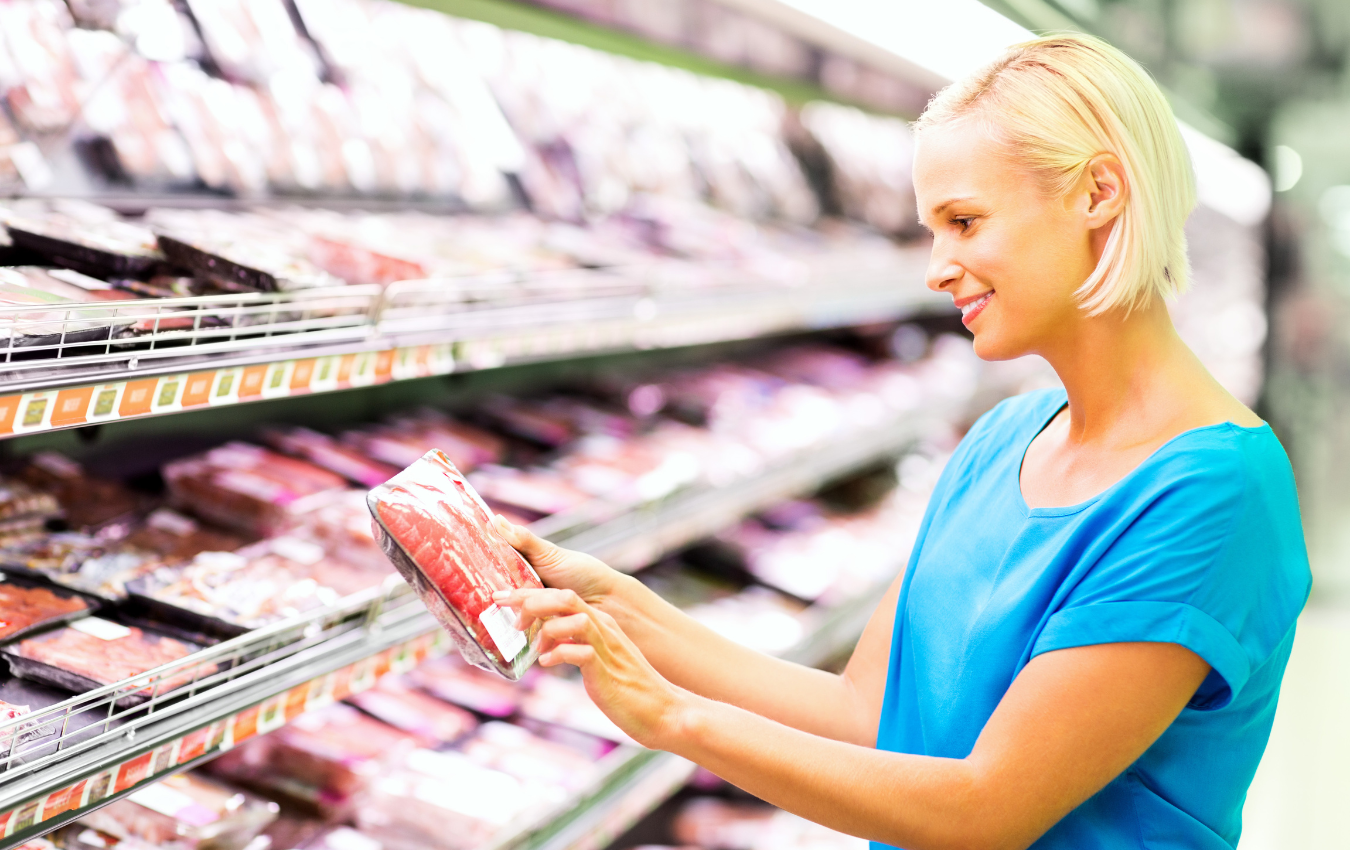
Benefits of MAP:
Extended Shelf Life:
- The primary benefit of MAP is the significant extension of the shelf life of products, reducing food waste and increasing product availability.
Improved Product Safety:
- By controlling the atmosphere, MAP reduces the risk of microbial contamination, enhancing the safety of perishable goods.
Enhanced Product Quality:
- Products packaged using MAP maintain their freshness, taste, and appearance, resulting in higher consumer satisfaction.
Reduced Need for Preservatives:
- MAP can reduce or eliminate the need for artificial preservatives, aligning with consumer demands for cleaner labels.
Increased Market Reach:
- Products with extended shelf lives can be distributed to more distant markets, expanding the reach of businesses.
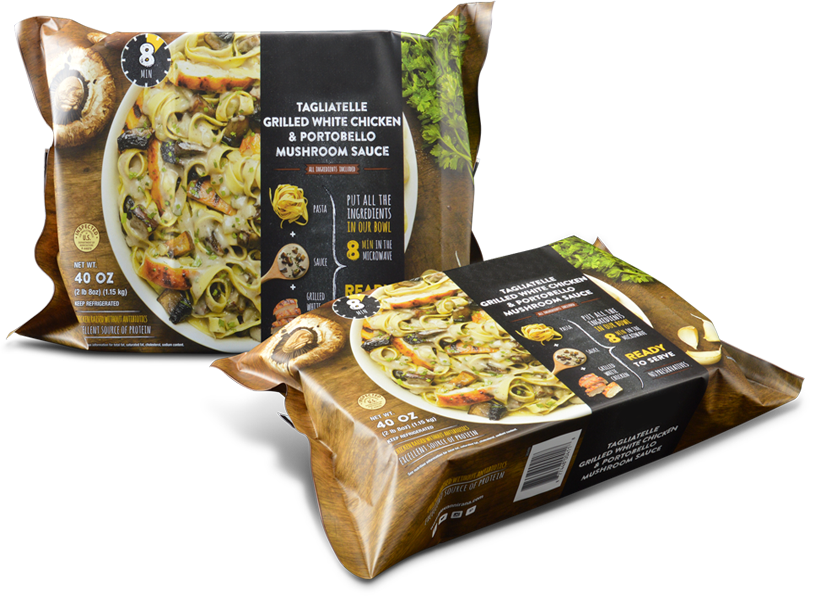
Applications of MAP:
Modified Atmosphere Packaging finds applications across a wide spectrum of industries:
Food Industry:
- MAP is extensively used for fresh produce, meats, seafood, bakery products, and dairy items.
Pharmaceutical and Healthcare:
- MAP helps preserve the efficacy and stability of pharmaceuticals, medical devices, and diagnostic kits.
Electronics:
- Delicate electronic components and devices benefit from MAP to protect against corrosion and moisture.
Floral Industry:
- MAP keeps cut flowers fresh for longer periods, extending their vase life.
Non-Food Products:
- MAP is also employed for non-food items such as medical equipment, industrial components, and sensitive instruments.
Conclusion:
Modified Atmosphere Packaging (MAP) represents a transformative approach to packaging that optimizes the internal environment to extend the shelf life, improve product quality, and enhance safety. Its adaptability and versatility make it a vital tool for industries ranging from food to healthcare and electronics. As consumers increasingly prioritize freshness, quality, and sustainability, MAP is poised to continue revolutionizing the way products are packaged and preserved, ensuring that they reach consumers in the best possible condition.
If you are interested in modified atmosphere packaging, then partner with Brown Packaging today to get started.
As tariff changes reshape global trade, packaging buyers moving production from China to the U.S. or nearshore regions face a new challenge: supplier qualification. Transitioning
With new tariff proposals and continued trade uncertainty, 2026 is shaping up to be another pivotal year for packaging sourcing strategy. Many companies that shifted
Following multiple rounds of tariff changes and trade policy adjustments, 2026 marks a turning point for U.S. packaging buyers. Many who previously transitioned from China
Shifting packaging production from China to the U.S. can help stabilize costs, reduce tariff exposure, and shorten lead times. But the transition process requires careful
RSC boxes are known for their efficiency and versatility, but their performance ultimately comes down to strength. Buyers often see numbers like ECT, BCT, and
In packaging, foam isn’t just about initial protection — it’s about maintaining performance over the entire shipping or storage cycle. Compression set and recovery characteristics
Home » Modified Atmosphere Packaging (MAP) Explained
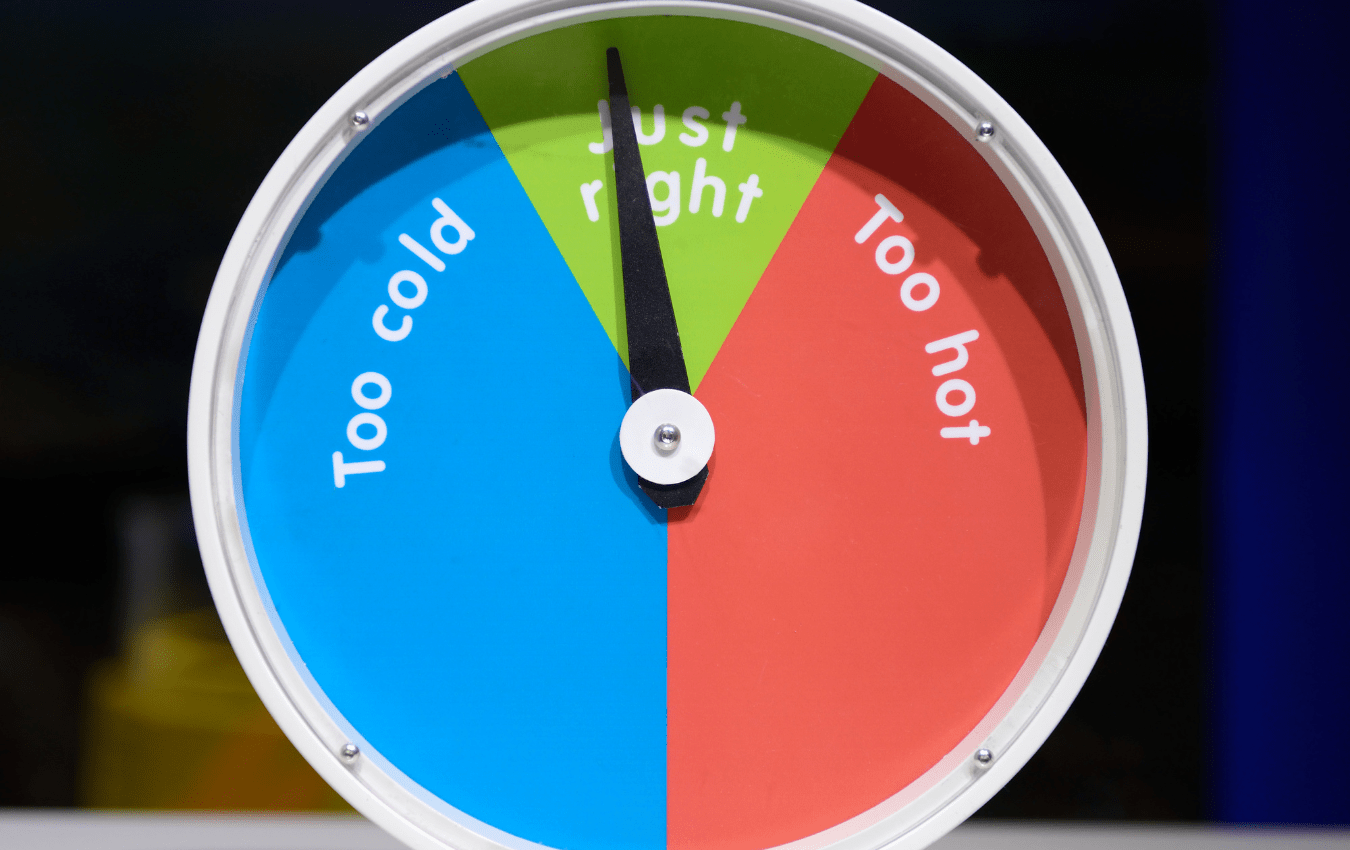
Temperature fluctuations can have a detrimental effect on your products and packaging. Whether your goods are sensitive to extreme heat or cold, maintaining the right
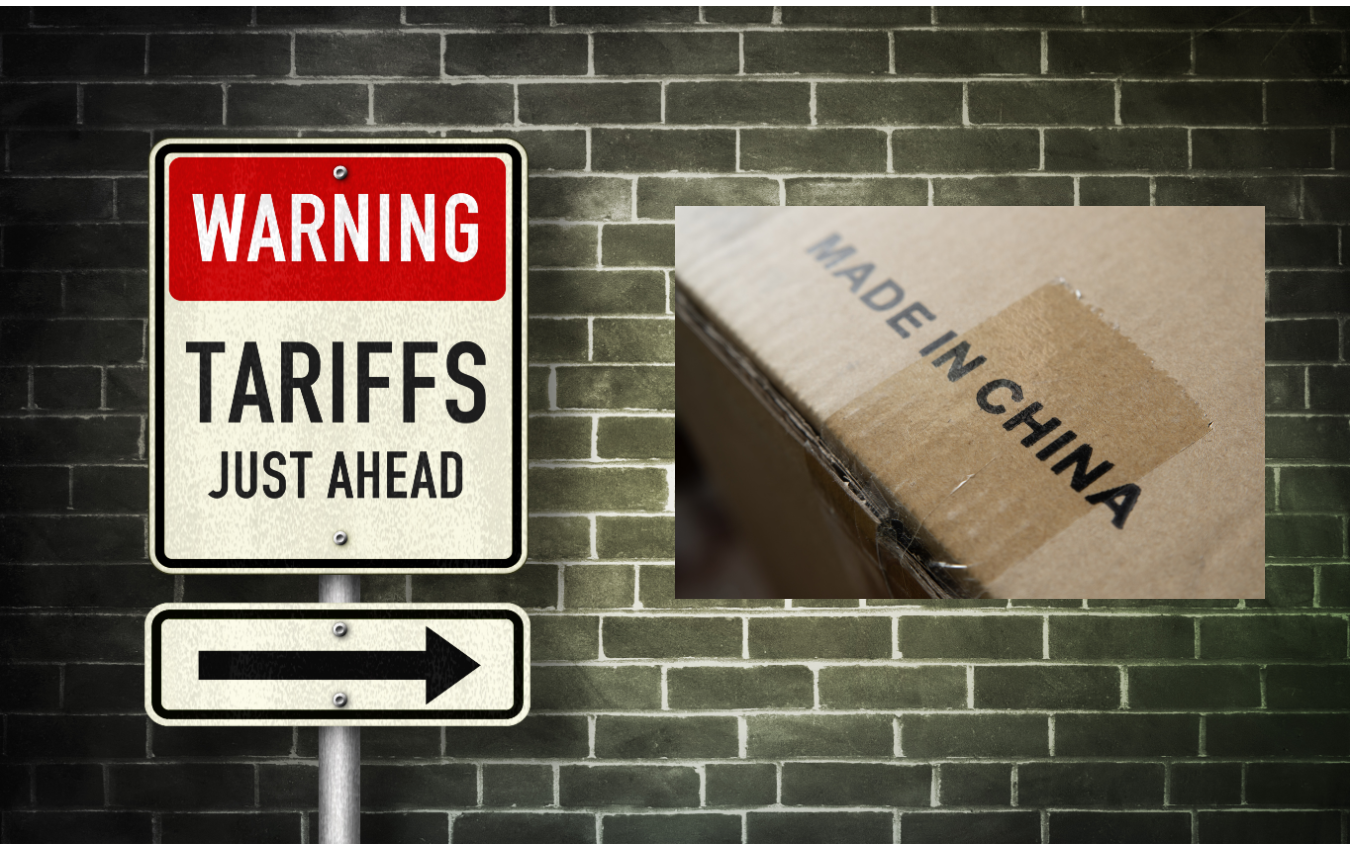
As 2025 approaches, the U.S. packaging industry faces a new reality with tariffs that aim to prioritize domestic sourcing and manufacturing. These changes could disrupt
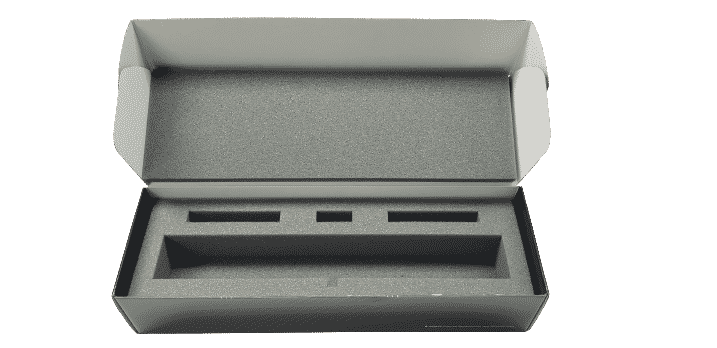
When it comes to protecting fragile or valuable items during shipping or storage, the choice of packaging material can make all the difference. Polyurethane foam


